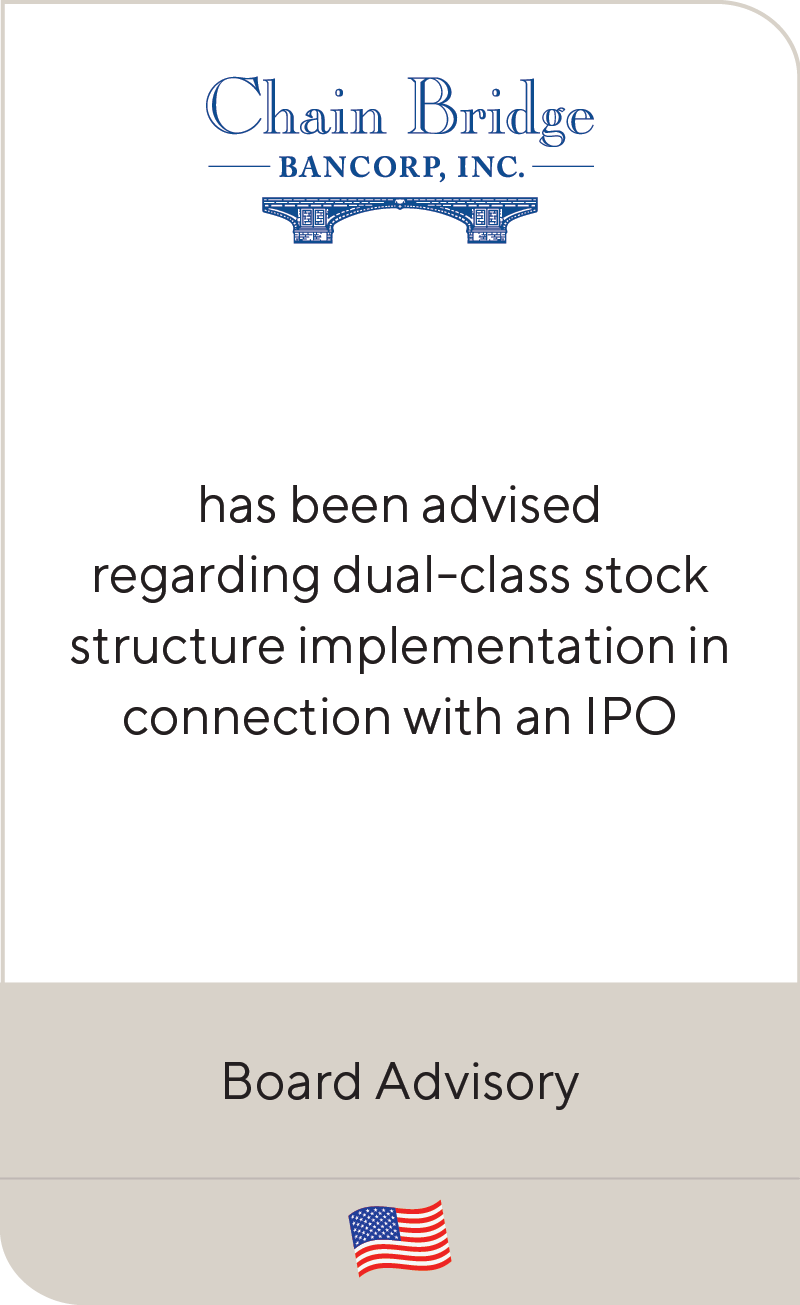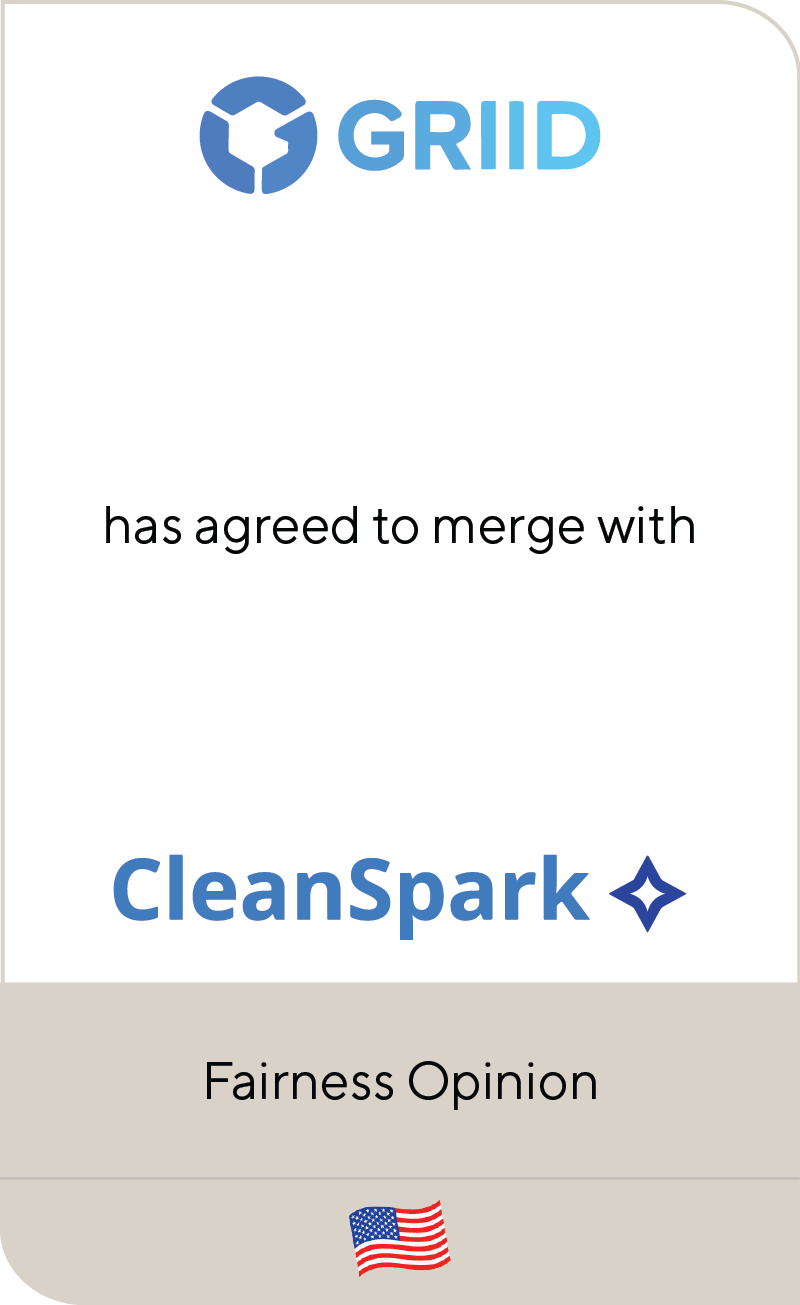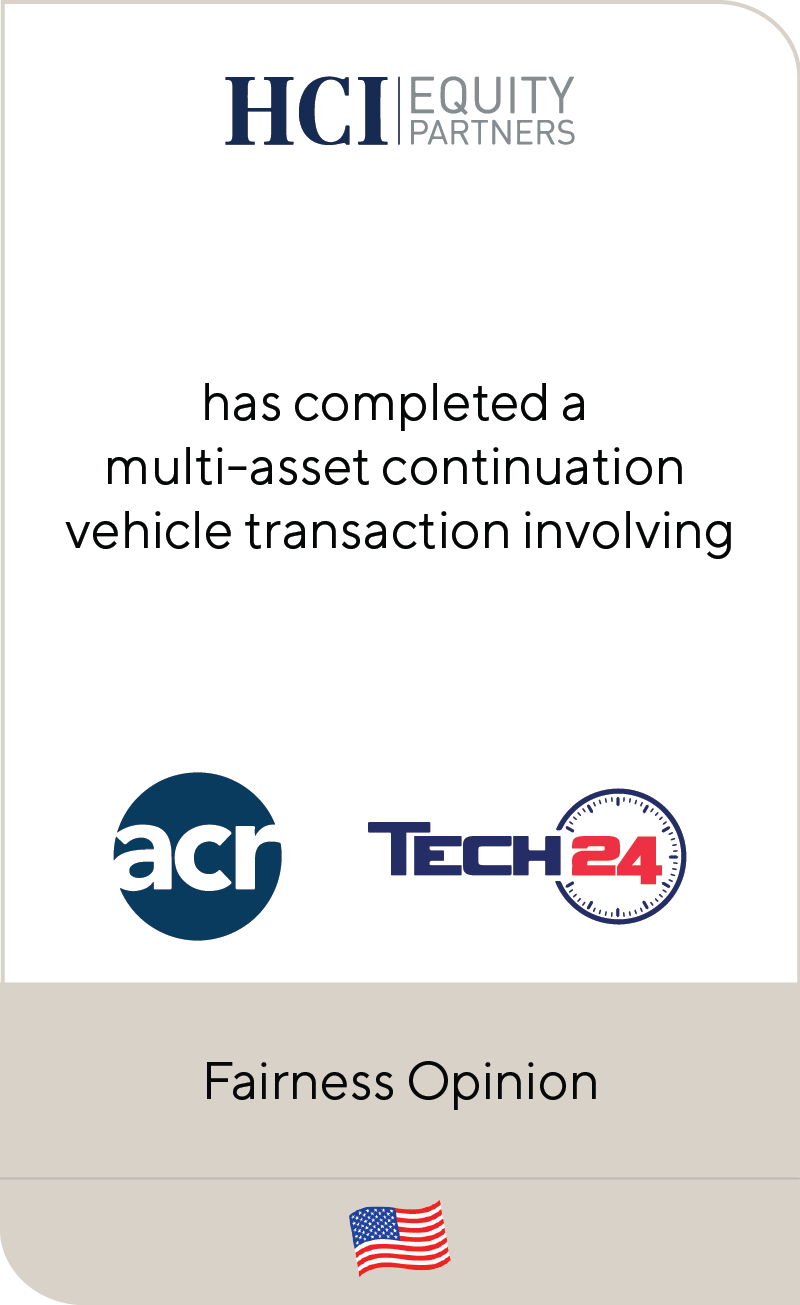Lincoln Private Market Index Grows Modestly in Q4 2022 Amid Public Market Volatility
Feb 2023
Amid public market volatility, private company valuations held up, but cracks are showing
The Lincoln Private Market Index (Lincoln PMI), the only index that tracks changes in the enterprise value of U.S. privately held companies, increased by 1.6% during the fourth quarter of 2022. This marginal increase was driven primarily by modest improvement in fundamental performance, not multiple expansion. The uptick in enterprise value from the LPMI was consistent with the increase in the S&P 500 which bounced back from its 2022 lows in Q3, increasing 5.0% from September 30 to December 31. Interestingly, the increase in the S&P 500, unlike the LPMI, was primarily driven by multiple expansion rather than earnings growth.
Since the inception of the LPMI in 2014 and particularly in 2021 and 2022, changes in the LPMI have directionally conformed with changes in the S&P 500. However, the changes in the LPMI quarter over quarter have consistently proven less volatile compared to the S&P 500. Despite their drastically different paths since 2014, at the end of 2022, the LPMI and S&P 500 converged to similar valuation levels.
“EBITDA growth for private companies has been solid this quarter and this year. Despite the decline in multiples over the year, the LPMI has increased both this quarter and this year. This difference from the decline in the S&P 500 reflects a different mix of industries and different firm performance for the private companies,” said Steve Kaplan, Neubauer Distinguished Service Professor of Entrepreneurship and Finance at the University of Chicago Booth School of Business, who assists and advises on the LPMI. “The year provides good example of how private equity (PE) can provide diversification from public markets while generating solid returns.”
Revenue Growth Remains Robust, but Questions Loom Regarding Repeatability of Results in 2023
PE’s ability to weather recessionary fears and drive sales growth persevered through the end of 2022, as approximately 80% of private companies experienced year-to-date revenue growth, according to Lincoln’s proprietary private market database. However, the growth in revenue resulted in an increase in EBITDA for only approximately 60% of portfolio companies, resulting in year-over-year EBITDA margins contracting by approximately 1%. The median magnitude of last-twelve-months (LTM) revenue and LTM EBITDA growth was approximately 15% and 9%, respectively, from Q4 2021 to Q4 2022; however, the rate of growth slowed as 2022 progressed.
“It is remarkable that four in every five private companies experienced revenue growth, but only about half experienced EBITDA growth and even in the instances wherein companies were growing EBITDA the magnitude was markedly lower,” noted Ron Kahn, Managing Director and co-head of Lincoln’s Valuations & Opinions Group. “Looking ahead, if portfolio companies are unable to pass along costs through price increases and sustain demand tailwinds, we will likely start to see EBITDA declines across the market and a potential year-over-year decline.”
Lincoln’s proprietary database results align with those of market participants. Based on a recent survey of more than 100 asset management professionals conducted by Lincoln International, nearly 70% expect revenue growth in 2023 to be 5% or less, while approximately 20% of respondents believe revenue will be flat or down. Additionally, more than 70% of respondents expect EBITDA to be flat or down in 2023 – this driven by a rising expectation that price increases may not be repeatable in 2023 hampering EBITDA growth.
Fundamental Uncertainty Has Led to a Shift in Underwriting Behavior
A risk-off attitude has permeated the private markets as sponsors and lenders continue a period of price discovery. Year-over-year leveraged buyout volume has decreased by approximately 25%, per observed transactions in Lincoln’s proprietary database. Among deals that closed in the fourth quarter of 2022, a consistent characteristic emerged: an expectation of recession resiliency. As a result, the average multiple of approximately 12x across these deals is in line with the average transaction multiple observed across 2021.
The end of 2022 also was marked by a shift in sponsor and lender behavior. In late 2021 and early 2022, loan-to-value was touted, all-time high leverage multiples were reached and hold sizes were at their peak – with a handful taking on $1 billion tranches alone. Now, the microscope has focused on the liquidity profile of underlying portfolio companies, decreasing the magnitude of leverage levels, and reducing hold sizes by clubbing up debt issuances with multiple private credit lenders.
Much of this change can be attributed to the reaction of PE sponsors and lenders to the rising rate environment. The big question looms: how long will rates remain at these levels, or is this the new norm? To this end, even existing portfolio companies have only partially felt the impact of rising rates because the SOFR reference rate is often locked in for a 90-day period, and LTM interest expense has only recently felt the full impact of the rising rate environment.
Interest coverage has come squarely back to the forefront in light of the aforementioned hike in floating interest rates flowing through portfolio company interest burden, which will test portfolio companies’ ability to service their debt. At the same time, portfolio companies may be expecting prevailing spread increases due to amendments and pricing grids, further challenging operating liquidity.
To demonstrate this impact, Lincoln assessed the hypothetical change in interest expense and the resulting impact to interest coverage from the end of 2021 to the end of 2022. When taking into account both higher spread requirements and the increase in SOFR, interest expense increased more than 70% on a pro forma basis over that time frame. As a result, holding EBITDA and debt constant, interest coverage for a portfolio company with $300 million of debt and $40 million of EBITDA would decrease from just over 2.0x to 1.2x.
As a result of these market dynamics, the average fair value of loans in the Lincoln Senior Debt Index (LSDI) decreased once again from 96.8% in the third quarter to 96.3% in the fourth quarter. Outside of pandemic-induced lows in Q1 and Q2 2020, the Q4 2022 average fair value marks a low for the LSDI. In addition, lenders are beginning to feel the cost of compressed liquidity and higher debt service through higher default rates. Lincoln has observed portfolio company default rates increase from 2.2% to 4.2% year-over-year.
Declines in Valuations Expected in 2023
While private company financial performance remained resilient in 2022 and buoyed enterprise valuations, will this trend repeat in 2023? Two-thirds of participants in Lincoln’s recent survey indicated they believe enterprise values will decrease anywhere from zero to 15% in 2023.
“While deal activity in the first half of 2022 remained robust, a slowdown occurred in the back half of the year, which may continue into 2023. Sellers will hesitate to offload portfolio companies at a discount and remain preoccupied with managing portfolio company health amid a sea of rising rates and slower growth. All the while, buyers and lenders will likely be more diligent and patient in origination activity to ensure they time their next investment right,” noted Ron. “For deals to get done in 2023, buyers may either need to adjust their return hurdles or sellers will need to reset their sale price expectations.”
About the Lincoln Private Market Index & Lincoln Senior Debt Index
The Lincoln PMI is the only index that tracks changes in the enterprise value of U.S. privately held companies—primarily those owned by private equity (PE) firms. With the Lincoln PMI, PE firms and other investors can benchmark private companies’ performance against their peers and the public markets.
This index is differentiated from other indices as it (1) tracks enterprise values of private companies over time, (2) is based on valuations rather than executive surveys and (3) covers a wide sampling of companies across a range of private equity firms’ portfolios.
The Lincoln PMI seeks to measure the variation in private companies’ enterprise values by analyzing the aggregate change in company earnings as well as the prevailing market multiples for approximately 900 private companies, each generating less than $100 million in annual earnings. The index is calculated using anonymized data on an aggregated basis by Lincoln’s Valuations & Opinions Group, which has distinctive insights into the financial performance of thousands of portfolio investments of financial sponsors, business development companies and private debt funds.
The methodology was determined by Lincoln International in collaboration with Professors Steven Kaplan and Michael Minnis of the University of Chicago Booth School of Business. While other indices track changes to a company’s revenue or earnings, the Lincoln PMI is different in that it tracks the total value of these companies. Significantly, the large number of private companies used to create the Lincoln PMI helps ensure that the confidentiality of all company-specific information used in the Index is maintained.
Further, in 2020, Lincoln launched the LSDI which provides insight into the direct lending market as a fair value index tracking the total return, price, spread and yield to maturity of direct lending securities. The index is developed using much of the same data as the Lincoln PMI and the methodology was determined by Lincoln in collaboration with Professor Pietro Veronesi of the University of Chicago Booth School of Business.
Important Disclosure
The Lincoln PMI is an informational indicator only and does not constitute investment advice or an offer to sell or a solicitation to buy any security. It is not possible to directly invest in the Lincoln PMI. Some of the statements above contain opinions based upon certain assumptions regarding the data used to create the Lincoln PMI, and these opinions and assumptions may prove incorrect. Actual results could vary materially from those implied or expressed in such statements for any reason. The Lincoln PPMI has been created on the basis of information provided by third-party sources that are believed to be reliable, but Lincoln International has not conducted an independent verification of such information. Lincoln International makes no warranty or representation as to the accuracy or completeness of such third-party information.
-
The Lincoln Private Market Index tracks changes in the enterprise value of U.S. privately held companies. In the third quarter of 2022, the index increased 1.9%.
- Click here to view the full Q4 2022 Lincoln Private Market Index.
- Sign up to receive Lincoln's perspectives
Meet Our Senior Team in Valuations & Opinions

I find immense fulfillment in enabling clients to achieve their objectives and navigate the complexities of today's ever-changing landscape.
Chris Croft
Managing Director & Co-head of Transaction Opinions
New York
I enjoy sharing insights about market and valuation trends with my clients, while also leading a differentiated and high-touch process.
Brian Garfield
Managing Director & Head of U.S. Portfolio Valuations
New York
I enhance my clients’ decision making and governance processes by providing independent and objective financial advice in a highly responsive manner.
Chris Gregory
Managing Director & Co-head of Transaction Opinions
New York
I enjoy the opportunity to provide clients with insightful and unbiased advice that will help them make the most informed decisions possible.
Ron Kahn
Managing Director & Co-head of Valuations & Opinions
Chicago














